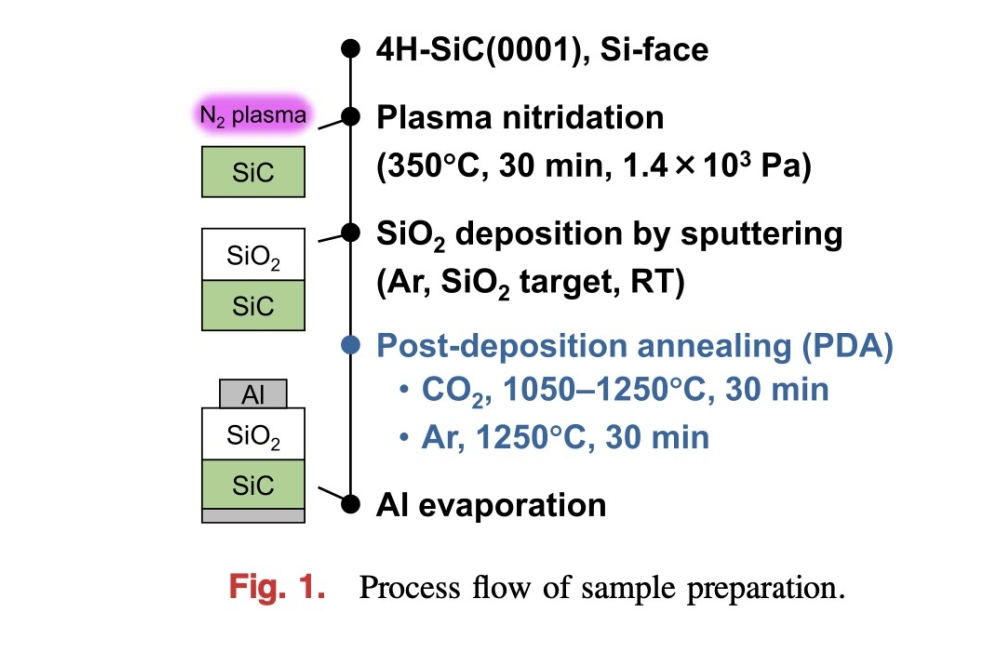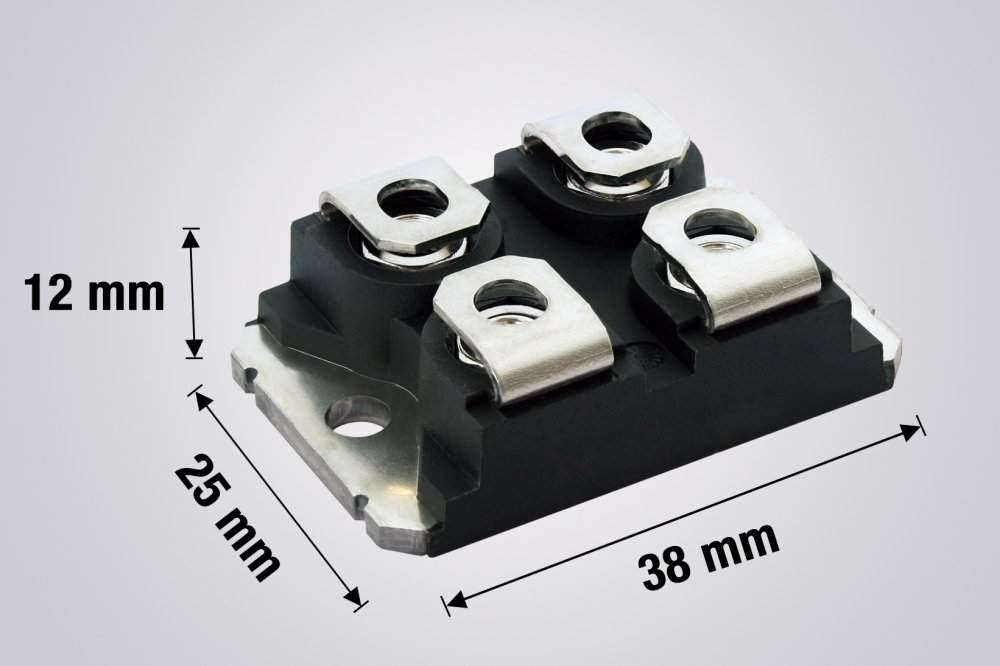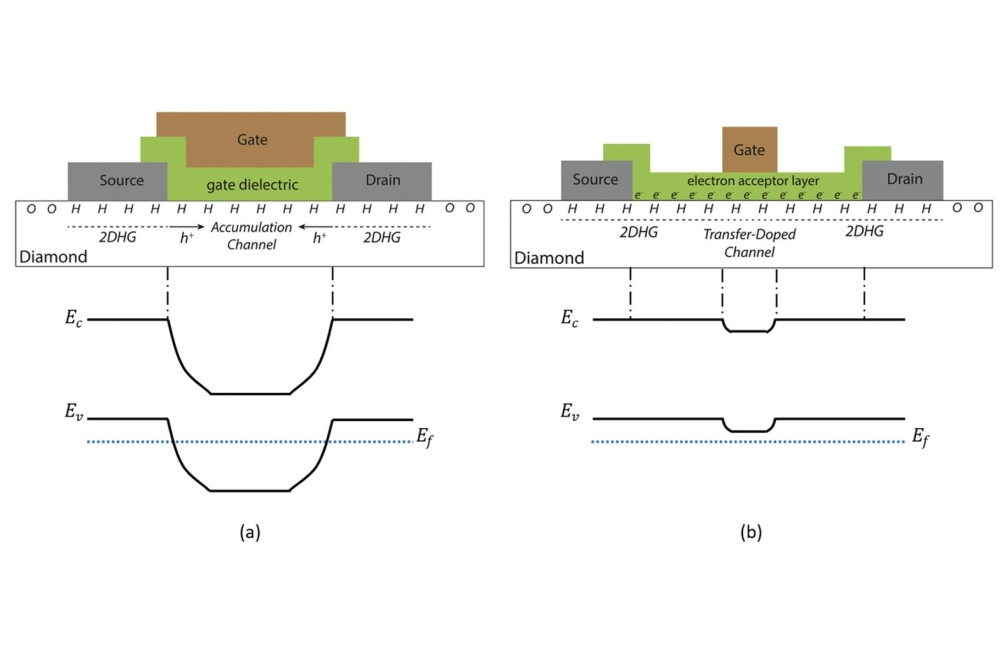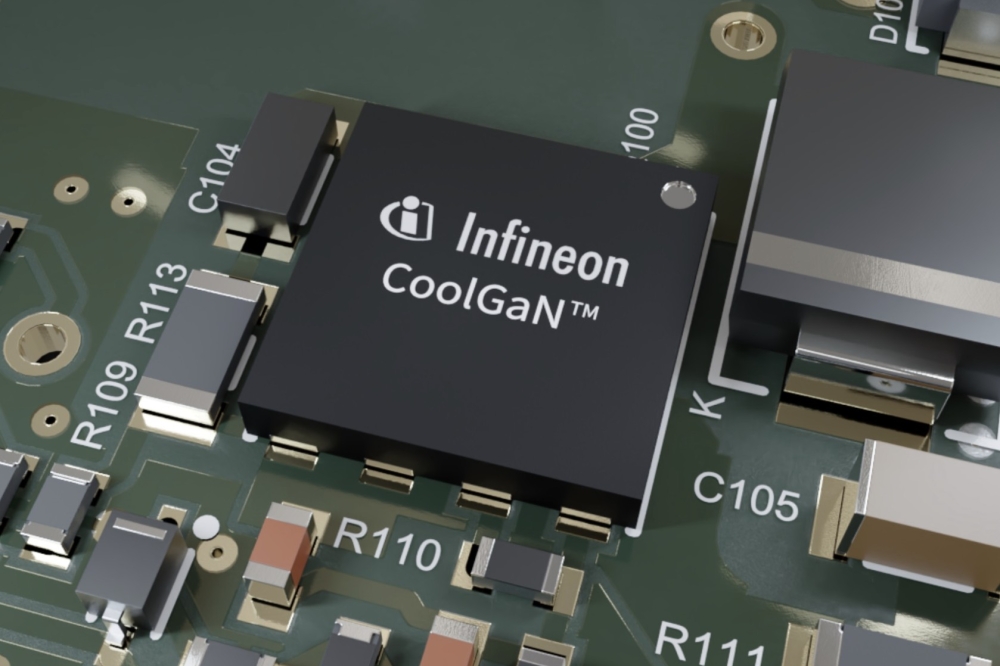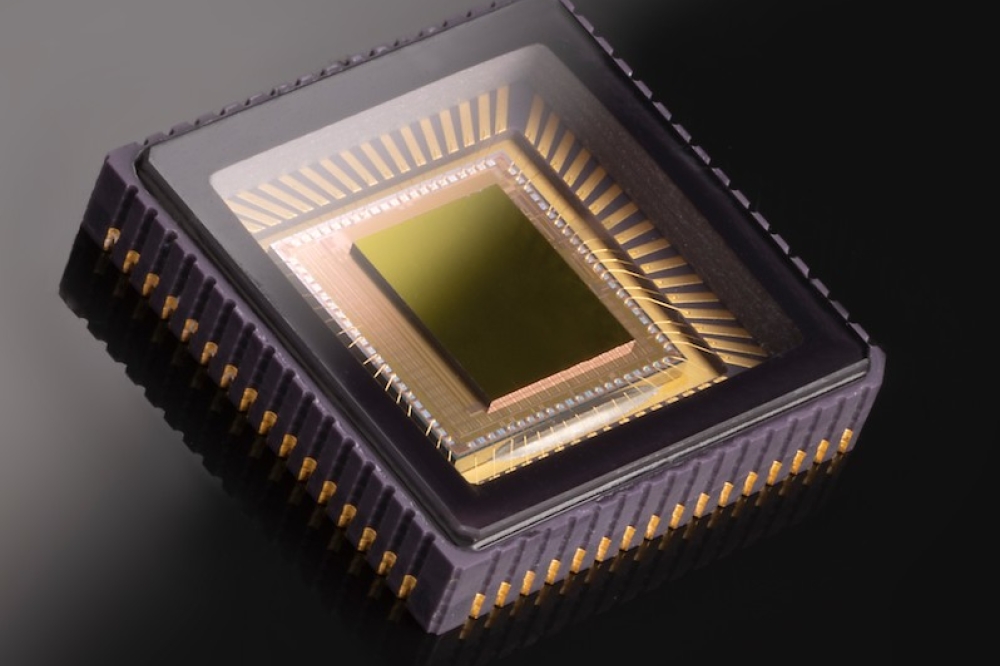Artilux announces GeSi 3D sensing technology
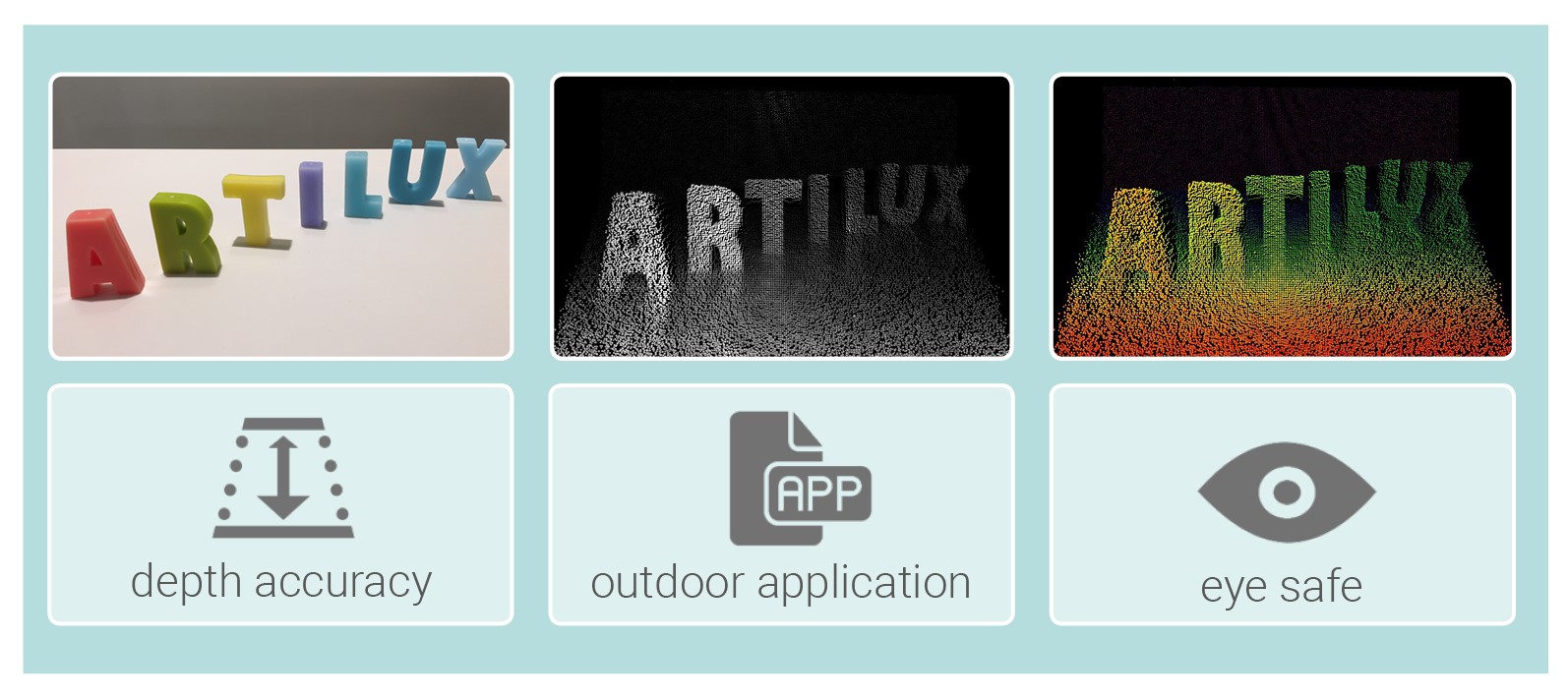
Longer wavelength photonics-based approach overcomes current 3D image sensor limitations
Artilux, a Taiwanese optical and electronics company, has announced what it believes is a breakthrough in 3D sensing. Its new Artilux Explore Series operates at longer wavelength light (1310nm) than conventional solutions, thanks to GeSi technology developed with TSMC combined with innovative Time-of-Flight algorithms.
Artilux says the technology is redefining the performance of 3D sensing by overcoming a critical industry bottleneck – the limited ability to absorb light across a broader spectrum for safety and minimum sunlight interference.
Current 3D sensing technology from other companies usually works at wavelengths less than 1µm, typically 850nm or 940nm. These wavelengths have two major drawbacks: firstly, poor outdoor performance due to interference from sunlight, and secondly a potential risk of irreparably damaging eyesight with misused or malfunctioning lasers, since the human retina can easily absorb laser energy at such wavelengths. Existing attempts to extend the spectrum to wavelengths above 1µm have suffered from poor quantum efficiency (QE), falling drastically from around 30 percent at 940nm to 0 percent for wavelength 1µm and above.
The new Artilux technology integrates GeSi as the light absorption material with CMOS technology on a silicon wafer. It eliminates existing physics and engineering bottlenecks by significantly increasing QE to 70 percent at 940nm, as well as further extending the available spectrum up to 1550nm by achieving 50 percent QE at this wavelength. Combined with modulation frequency at 300 MHz and above, it delivers higher accuracy and better performance in sunlight and greatly reduces the risk of eye damage – all at a competitive price. It is now ready for mass production.
Erik Chen, CEO at Artilux, said: "Intelligence is shaped by connecting the dots among experiences originating from how we perceive our surroundings. At Artilux, we believe intelligence and technology evolution start with observation and connections, and by exploring and expanding the frontiers of advanced photonic technology for sensing and connectivity, we aim to be an integral part of the infrastructure for future AI and technology evolution to be built upon. The Explore Series is named after this pioneering spirit and sets out to unleash the full potential of wide spectrum 3D sensing."
The new wide spectrum 3D sensing technology will enable numerous new opportunities from short range applications such as 3D facial recognition, with sub-mm depth accuracy in both indoor and outdoor environments, to mid-long-range applications, including augmented reality, security cameras, as well as robotics and autonomous vehicles.
The first wide spectrum 3D ToF image sensors of the new Explore Series, with multiple resolutions and ecosystem partners, will be announced in Q1 2020.

